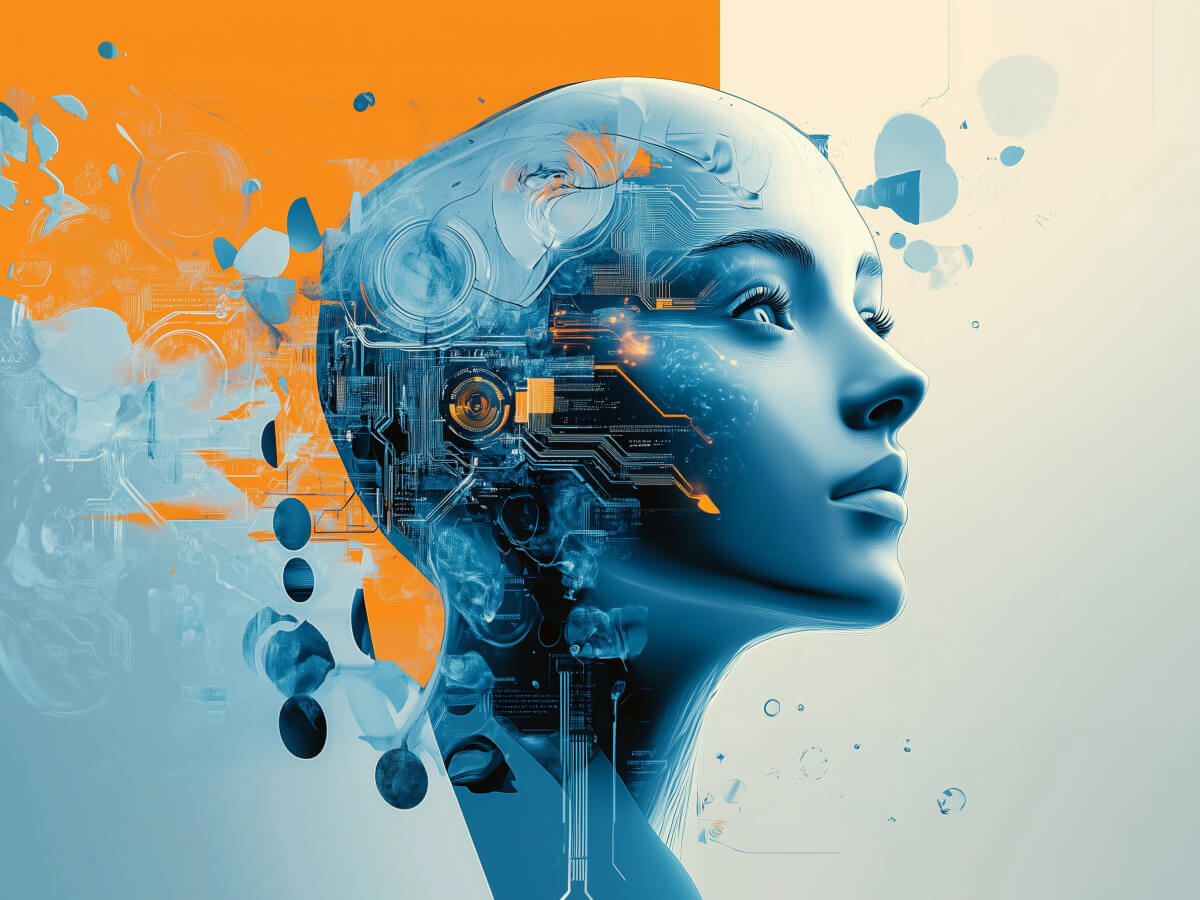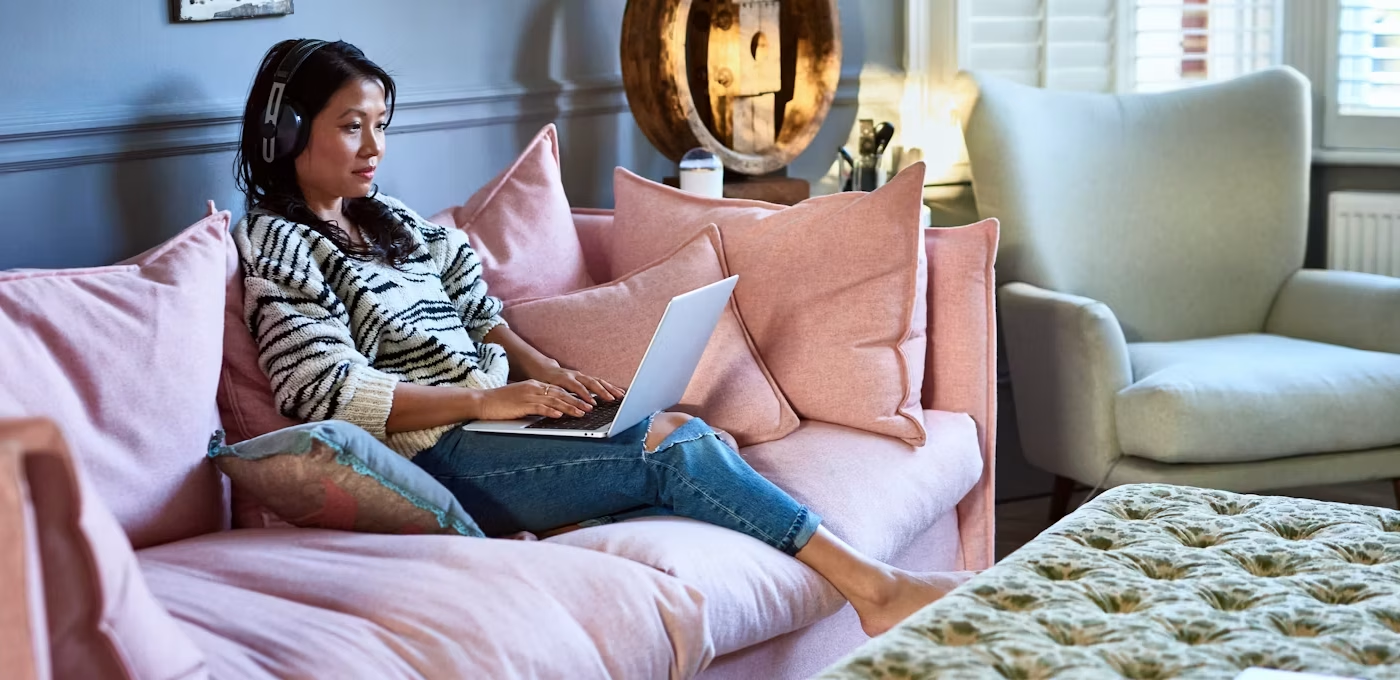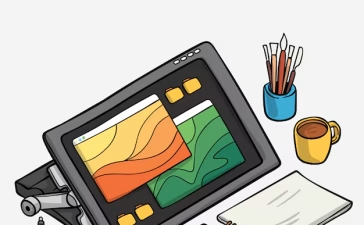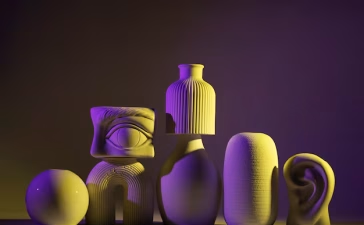Web design has evolved dramatically over the past three decades. From static HTML pages in the 1990s to today’s immersive, mobile-first, interactive experiences, the role of web design has shifted from simple page building to a strategic discipline blending art, technology, and psychology. In today’s digital landscape, a website is often the first impression a brand makes on its audience—making web design a critical factor in business success.
This article explores the principles, trends, and challenges shaping modern web design, as well as the future directions of this constantly evolving field.
The Foundations of Web Design
At its core, web design is about communication. It combines layout, color, typography, and interactive elements to present information in a way that is visually appealing, easy to navigate, and effective in guiding user behavior.
The essential pillars of web design include:
-
Usability – A website should be intuitive. Navigation menus, buttons, and forms must be easy to find and use.
-
Aesthetics – The look and feel should align with the brand’s identity and appeal to its audience.
-
Responsiveness – With mobile devices accounting for more than half of global web traffic, websites must adapt seamlessly to different screen sizes.
-
Accessibility – Inclusive design ensures people of all abilities can use a site, from keyboard navigation to screen reader compatibility.
-
Performance – Page speed is not only vital for user satisfaction but also a major factor in search engine rankings.
A successful design balances these elements, creating harmony between functionality and creativity.
The Evolution of Web Design
The history of web design reflects the rapid growth of technology and user expectations:
-
1990s: Websites were text-heavy, built with simple HTML and minimal styling.
-
2000s: The rise of CSS brought design flexibility, while Flash introduced interactivity and animations (though later criticized for performance and accessibility issues).
-
2010s: The mobile revolution ushered in responsive design, and minimalist aesthetics dominated trends.
-
2020s: Today, web design integrates AI-driven personalization, dynamic content, and immersive technologies like augmented reality (AR) and virtual reality (VR).
What started as digital brochures has transformed into interactive experiences that blend utility and storytelling.

Current Trends in Web Design
Modern web design trends highlight a shift toward simplicity, personalization, and immersion. Some of the most influential trends include:
1. Minimalism and Clean Aesthetics
Designers increasingly favor whitespace, simple color palettes, and uncluttered layouts. This not only improves readability but also enhances site speed and focus.
2. Dark Mode
Popularized by operating systems and apps, dark mode provides an alternative aesthetic that reduces eye strain and adds a sleek, modern feel.
3. Micro-Interactions
Small animations or feedback—like a button changing color when hovered over—create delight and guide users subtly through tasks.
4. 3D and Immersive Elements
Advancements in web technology enable realistic 3D visuals and interactive experiences without sacrificing performance.
5. Personalization
AI and machine learning power personalized content, adjusting experiences based on user behavior and preferences.
6. Accessibility by Design
Websites are increasingly designed with inclusivity in mind, ensuring compliance with Web Content Accessibility Guidelines (WCAG).
7. Sustainable Web Design
Optimizing performance reduces energy consumption. Eco-friendly practices, such as lighter code and optimized images, are becoming part of ethical design.
The Role of User Experience (UX)
While aesthetics grab attention, user experience (UX) ensures people stay engaged. A beautifully designed website that is confusing to use will quickly drive visitors away. UX design focuses on understanding user behavior, testing interactions, and refining flows to create seamless journeys.
Some UX principles critical to web design include:
-
Clarity over complexity: Clear calls-to-action (CTAs) and logical layouts prevent user frustration.
-
Consistency: Repeated design elements build familiarity and trust.
-
Feedback loops: Providing users with confirmation (e.g., “Form submitted successfully”) improves confidence.
-
Testing and iteration: UX is never finished; it requires continuous improvement based on analytics and feedback.
The Intersection of Design and SEO
Web design is not just about aesthetics—it also impacts search engine optimization (SEO). Google’s algorithms prioritize user-friendly, fast, and mobile-optimized websites. Poor design decisions, such as cluttered navigation or large uncompressed images, can negatively affect rankings.
Key SEO-friendly design practices include:
-
Fast loading times through image compression and efficient code.
-
Mobile-first design, ensuring functionality on smaller screens.
-
Clear hierarchy with proper use of headings and structured data.
-
Accessible navigation that search engines can crawl effectively.
This highlights how design, development, and marketing must work together.
Tools and Technologies Driving Web Design
Web design today is powered by a wide range of tools and frameworks:
-
Design tools: Figma, Adobe XD, and Sketch allow collaborative prototyping and wireframing.
-
Front-end frameworks: Bootstrap, Tailwind CSS, and Material UI accelerate development with pre-built components.
-
Content management systems (CMS): WordPress, Webflow, and Drupal empower non-developers to manage websites.
-
No-code/low-code platforms: These democratize design, allowing businesses to build functional websites without deep coding knowledge.
As AI tools emerge, design automation is also on the rise—though human creativity remains irreplaceable.
Challenges in Modern Web Design
Despite its advancements, web design faces ongoing challenges:
-
Balancing creativity and usability: Striking the right mix of innovation without confusing users.
-
Keeping up with technology: Constant updates in devices, browsers, and tools demand adaptability.
-
Accessibility gaps: Many websites still fail to meet accessibility standards, excluding potential users.
-
Security concerns: Designers must work closely with developers to prevent vulnerabilities.
-
Content overload: The temptation to add too much information can overwhelm visitors.
The Future of Web Design
Looking ahead, web design will continue to evolve alongside technology and user expectations. Some emerging trends include:
-
Voice Interfaces: Websites optimized for voice commands and screenless browsing.
-
AI-Driven Design: Automated layouts and personalization powered by machine learning.
-
Augmented and Virtual Reality: Immersive shopping, learning, and entertainment experiences.
-
Hyper-Personalization: Data-driven customization that makes every user journey unique.
-
Sustainability as Standard: Eco-conscious design becoming an industry norm.
Ultimately, the future of web design is about creating experiences that are not only visually striking but also meaningful, accessible, and aligned with human needs.

Conclusion
Modern web design is a dynamic blend of art and science. It requires balancing creativity with usability, aesthetics with performance, and innovation with accessibility. From the rise of responsive design to the growing importance of personalization and sustainability, the field continues to adapt to the shifting digital landscape.
At its heart, web design is about people. Technology provides the tools, but empathy for the user shapes the experience. As we look toward the future, the most successful designs will not just capture attention—they will foster connection, trust, and lasting impact.



